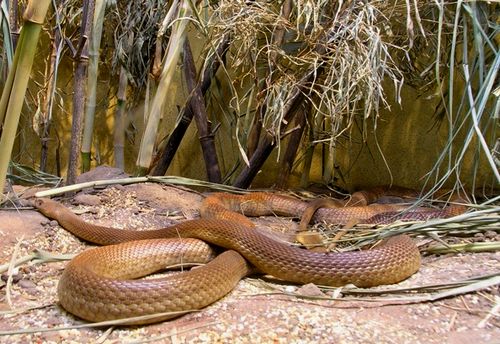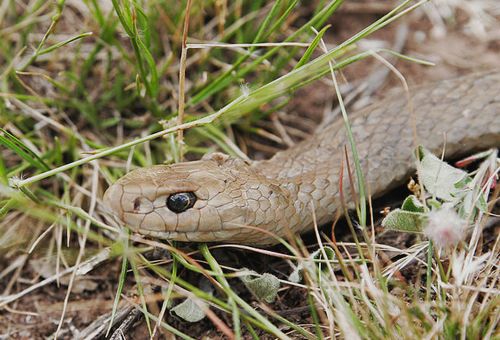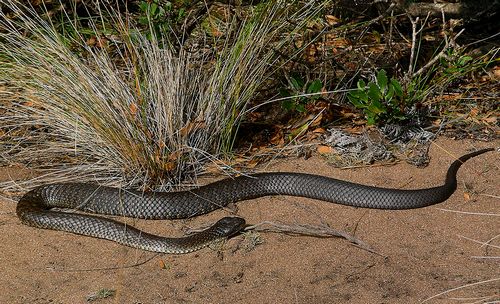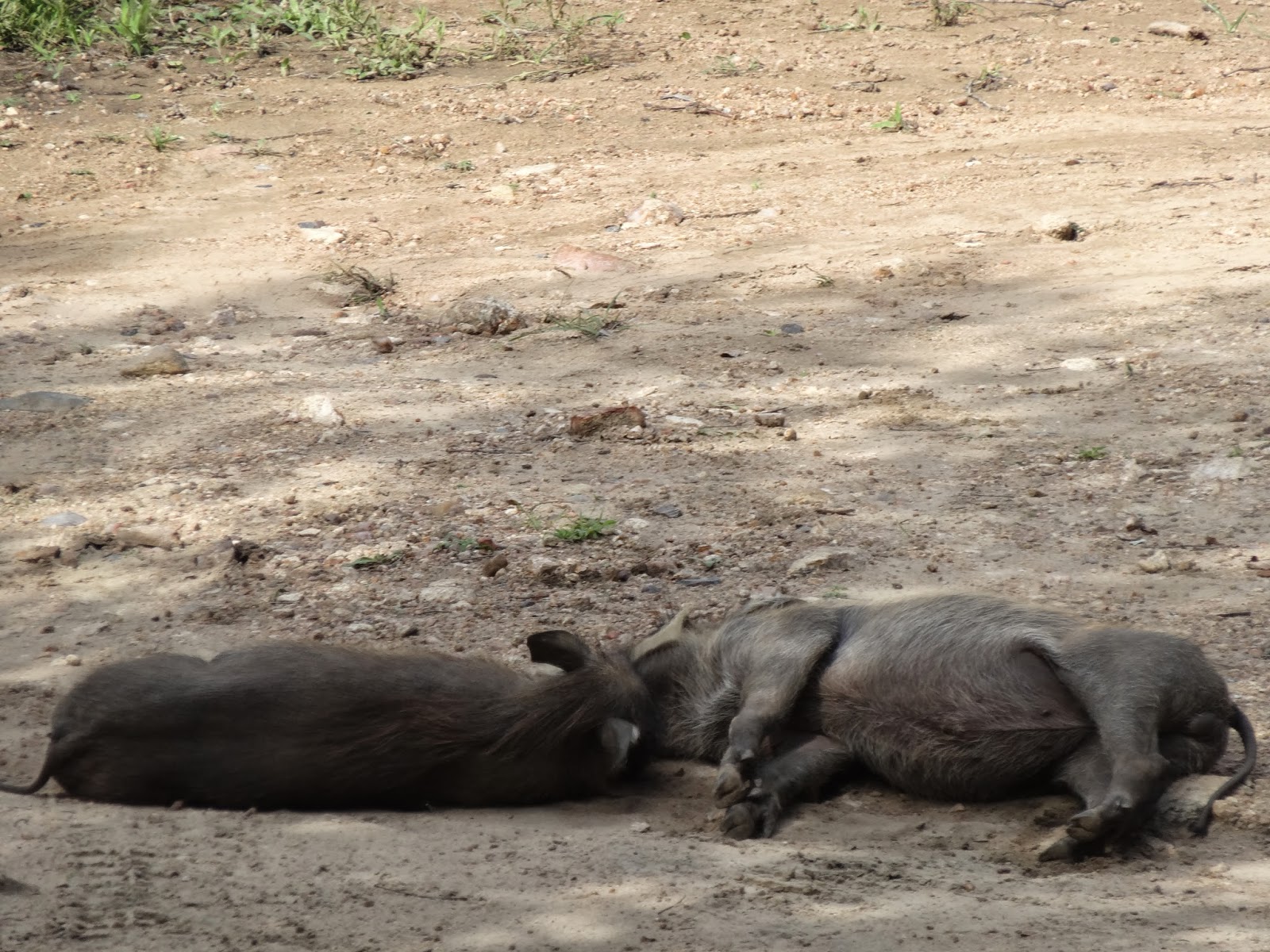 |
| Classic scene of three vultures on a limb. We were thrilled to get this shot from quite a distance. From this site: Vultures are, however, great ecologists, having a high sense of personal hygiene and are a manifestation of the adage of patience as a virtue. They clean the veld of carrion, thereby minimizing the impact of animal disease, and they bathe regularly in rivers after gorging themselves at a kill.” |
“Sighting of the Day in the Bush”
 |
| Whoa, Mr. Zebra! Why are you climbing the steps to the veranda? |
Each visit to Kruger National Park seems to result in the focus of one particular species or another. It may be rhinos, elephants, giraffes, zebras, or wildebeests.
Oddly, and much to our surprise, the focus of yesterday’s foray in the park seemed to highlight vultures. After about 45 minutes on the tar road from the Crocodile Bridge entrance, we noticed several vehicles tightly pulled into an overlook area. Of course, we had to stop to see what was going on.
 |
| This appeared to be the most common vulture we spotted, the white-backed vulture. From this site: “To watch the interaction of vultures at a kill is like witnessing the unbridled nature of food politics. The Shangaan proverb that translates as ‘where the vultures assemble, there is a kill’ refers to the fact that there is always a purpose in mind when people gather together. The White-backed Vulture is the most common in Kruger. There are approximately 2 000 pairs in the Park, concentrated mostly in the dry, lightly wooded grasslands of the east and mopane veld of the north. They are the most gregarious of vultures, often roosting in large communes where they sleep with their heads tucked under their wings. They often soar at great heights during the day and depend on either the Bateleur or other vultures to lead them to a kill.” |
One’s hope in these situations that lions might be the reason for the gathering of vehicles. We hoped it was lions for us, who have yet to see lions while driving through Kruger but have experienced several sightings from Marloth Park overlooking the Crocodile River from this side of the fence.
Most photo safari participants long to see lions above all other wildlife in the massive national park, whether self-driven or in a guide-driven and assisted safari vehicle.
 |
| This vulture appeared to be a different species from the others shown. |
Months ago, we let go of our burning desire to see lions in Kruger National Park since we’d seen them on the river, and we didn’t want our focus on lions to distract us from other wildlife we’ve thoroughly enjoyed sighting on our almost weekly visits to the park.
As we entered the tight overlook area, where no less than a dozen vehicles were crammed, we searched and searched for a lion, a kill, or a dying animal that may have attracted the many vultures in trees and hovering over the area, to no avail.
 |
| There was little information online to help us identify these vultures. Any comments would be appreciated! From this site: Vultures fight unashamedly over whatever scraps they can get, and when they descend on the proverbial trough, their grim determination is evident – these birds can consume a kilogram of meat in a minute and strip a carcass within hours.” |
Tom used his trusty Swarovski binoculars while I searched with the viewfinder of the camera, scanning every inch of terrain which wasn’t obstructed by trees and bush.No luck. We didn’t see a thing other than the variety of vultures we’ve presented here today, most of which were sitting in trees rather than eating something on the ground.
Although months ago we purchased the Kruger Park Map & Guide with photos of most birds found in the park, including birds of prey, we couldn’t identify by name any of the specific vultures shown above other than the white-backed vulture.
 |
| This vulture appears to be out of a scary movie or nightmare. From friend Ken (thanks, Ken!): This is the Hooded Vulture. They usually turn on the feast after the Lappet-faced or white-backed has torn into the carcass and had their fill. Details: 65 to 75cms high considered small in Vulture terms.The wingspan of 1.7 -1.8m. From this site: Physically, all vultures appear built for scavenging. They have strong, hooked beaks that can tear a carcass open, but unlike other birds of prey, their feet are not suited to catching live animals. The main exception appears to be the Hooded Vulture – as the smallest and most prone to being bullied off a carcass, it has diversified its diet to include termites and small animals such as lizards.” |
If any of our worldwide readers are vulture enthusiasts, please send me an email from the link on the right side of our homepage under the “translate” button and let me know each species numbered them top to bottom, beginning with a photo #1. This would be greatly appreciated.
There’s no doubt. We often search for birds in our garden throughout Marloth Park on our almost daily drives and when visiting Kruger. However, we must admit, the bulk of acquired knowledge revolves around other types of wildlife.
 |
|
Obviously, there had been a kill in the area where sighting these various vultures.
|
While living in Kauai, Hawaii, in 2015 for four months, we were literally obsessed with the nesting Laysan Albatross as shown in dozens of posts such as this one here. Also, during the extended stay on the island, we fell in love with a singing-for-nuts, red cardinal we aptly named “Birdie,” which can be found here.
Lately, our favorite birds have been francolins, Frank, and the Misses, who now respond when we call for them. In the meantime, the not-so-dumb guinea fowls come running when they hear me call for Frank, knowing birdseed is on the horizon.
Then, of course, there were hundreds of thousands of birds we saw while in Antarctica a mere six months ago. See this link for some of those stunning birds, including albatross and a wide array of penguin species.
 |
| We got as close as possible but could not see what had piqued the interest of all of these vultures. From this site: “Almost all the vultures in Africa are represented in Kruger, the main exception being the Lammergeyer, which is restricted to the Kwazulu-Natal Drakensberg, and the Palm-nut Vulture, which is found on the eastern seaboard (rarely seen in Kruger). The Park has thus become a vulture sanctuary, mainly because of the predator activity on the ground, and secondly because of poisoning in non-protected areas of southern Africa.” |
We’re often dependent upon our friends Lynne and Mick from Marloth Park (now in the UK) and friend Louise in Kauai, Hawaii, to assist us in identifying birds, but we don’t like to take up too much of their time. If you can help, please do.
One thing for sure, wherever we may travel in the world, there are birds, and we’ll always enjoy sightings with opportunities to take photos when possible to share with all of our readers/friends.
Thank you for being on this journey with us! May your day provide you with opportunities to enjoy our flying, walking, and running aviary friends.
Photo from one year ago today, July 25, 2017:
 |
| One year ago, while in Las Vegas, I dinged the rental car. How I got it fixed was quite unusual. Click here for the details. |






















































